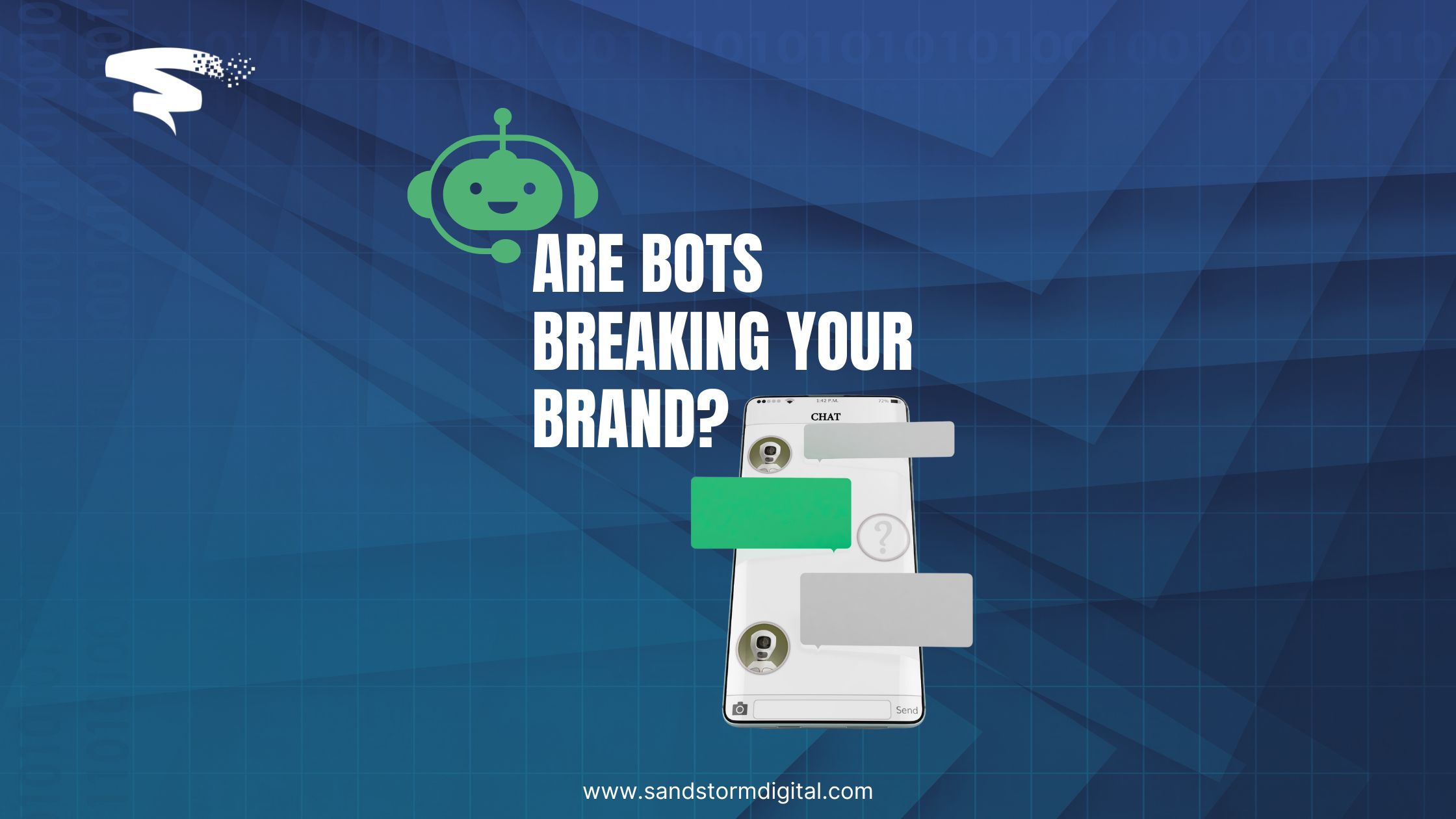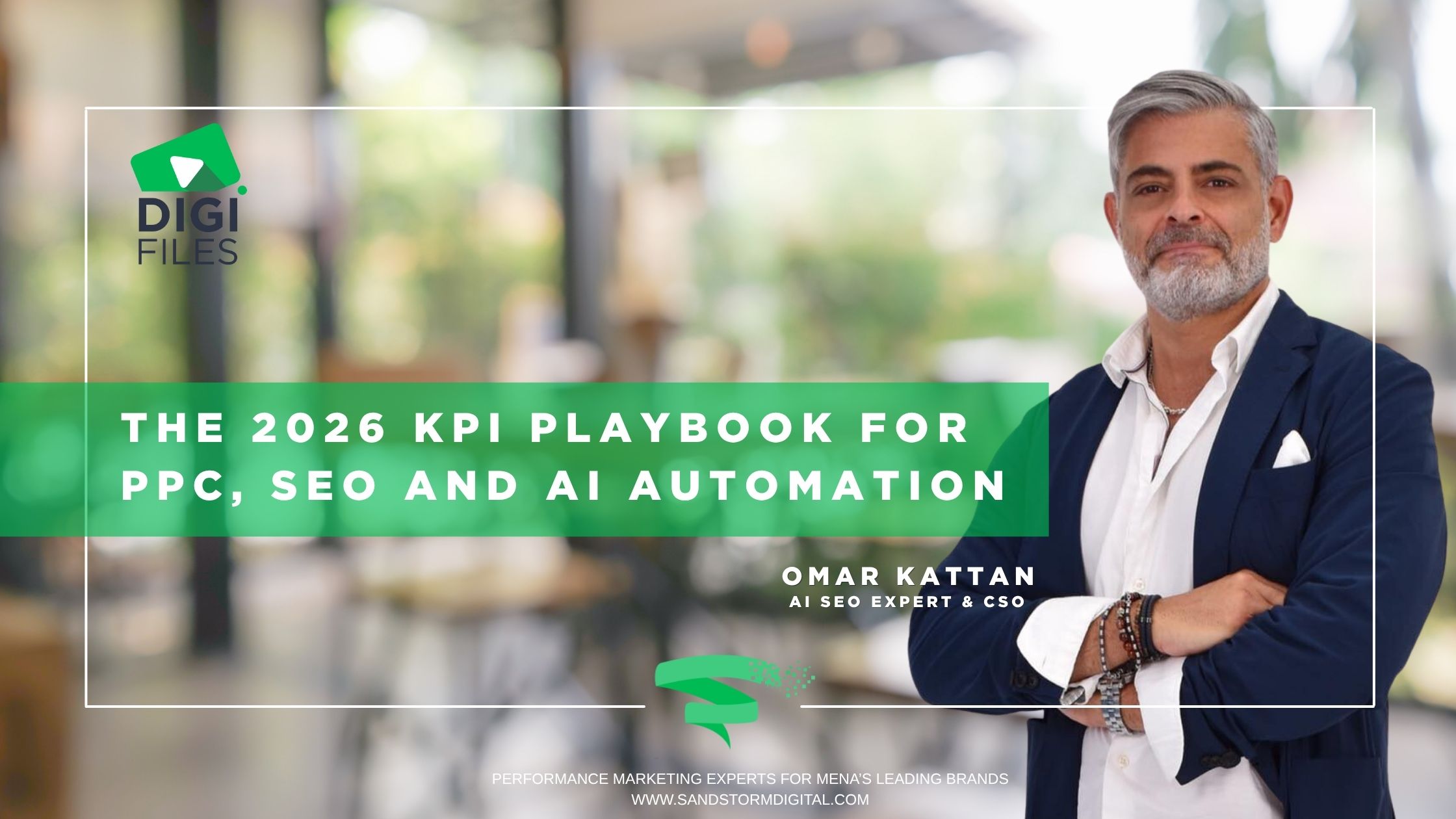You know the moment.
You land on a website with a simple question—only to be met by a cheerful but useless chatbot that can’t understand nuance, reroutes you in circles, or worse, blocks you from a real human.
Customer service bots were supposed to make our lives easier. Faster answers, lower support costs, always-on assistance. But somewhere along the way, convenience turned into friction. And for many customers, bot-powered interactions feel cold, rigid, and deeply frustrating.
As a digital marketing agency that obsesses over user experience, brand trust, and the emotional layers of interaction—we’re calling it: bots, as most companies use them today, are broken.
But it doesn’t have to stay that way.
The Bot Problem Isn’t Tech. It’s Experience.
Too often, brands adopt chatbots like they’re plug-and-play solutions. Drop one onto your site, feed it a few FAQ lines, and expect it to magically delight customers. But without strategy, design, and empathy, even the most advanced AI will fall flat.
Here’s the truth: a bad bot experience isn’t just annoying—it’s a brand liability. It erodes trust. It tells your customer: “We’d rather save time than solve your problem.”
And that’s a marketing problem. Not just a tech one.
Where Bots Fail—and What to Fix
Let’s break down the most common failure points:
- Too Scripted: Bots that can only follow rigid flows don’t reflect how humans actually talk. Natural language processing alone isn’t enough—it needs to be paired with real conversational design.
- No Escalation Path: Nothing screams “we don’t care” like a dead-end chat. Bots should know when to get out of the way.
- Brand Disconnect: A bot is part of your brand voice. If it sounds robotic, unhelpful, or generic, it clashes with the experience your marketing team worked hard to create.
- One-Size-Fits-All: Not every visitor needs a bot. Proactive chat can be powerful—but only when it’s contextually relevant.
How Smart Brands Are Doing It Differently
The next generation of bots won’t just answer questions—they’ll support entire customer journeys. We’re already seeing leading brands treat bots not as support add-ons, but as extensions of their brand personality, UX design, and conversion strategy.
Here’s what that looks like:
- Hybrid models that combine bots for speed and humans for nuance
- Bot tone and personality that reflect your brand’s actual voice
- Real-time escalation triggers based on user behavior (not just “type ‘agent’”)
- Customer journey mapping that puts automation in the right moments, not everywhere
- Data loops that let bots learn, refine, and improve—without compromising customer experience
Bots Can Work—If You Build Them Like a Marketer
Our job as marketers is to connect with people. Automation shouldn’t replace that mission—it should enhance it.
The best bots are invisible allies. They make things feel smoother, faster, smarter—but never colder.
If your chatbot is creating friction, confusing users, or damaging loyalty, it’s time to stop asking “What tool should we use?” and start asking, “What experience are we building?”
Because your bot is your brand.
And in a world of automated everything, a little humanity goes a long way.
Ready to rethink how your brand uses automation?
Let’s talk about building human-centered bot experiences that convert. [email protected]











